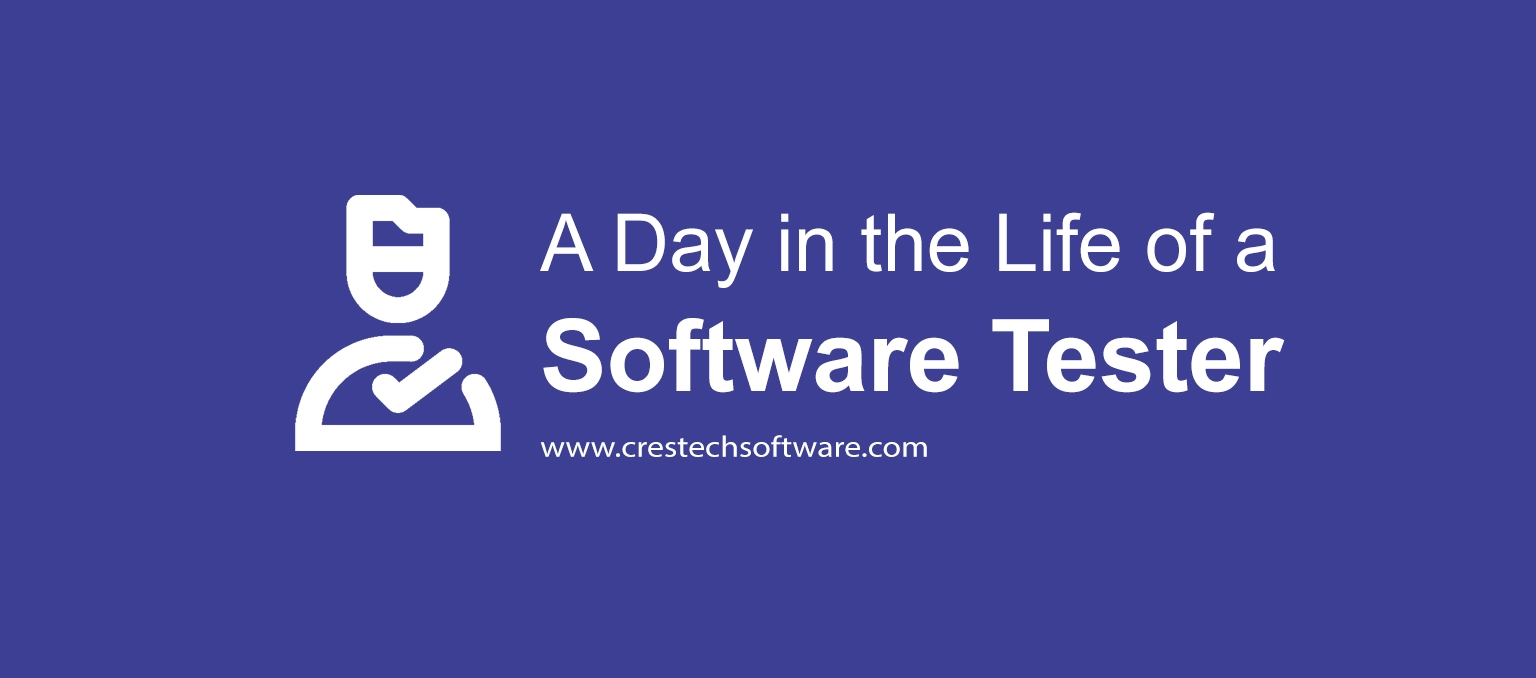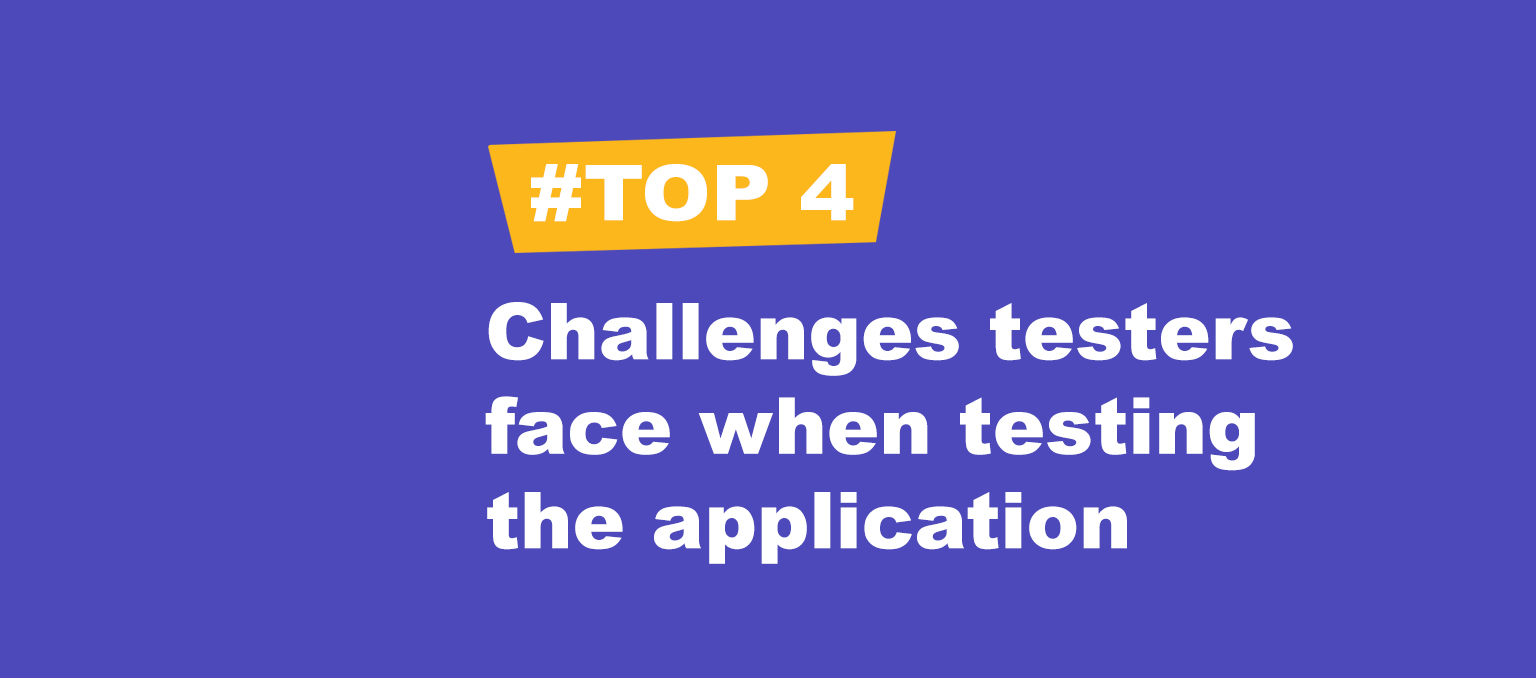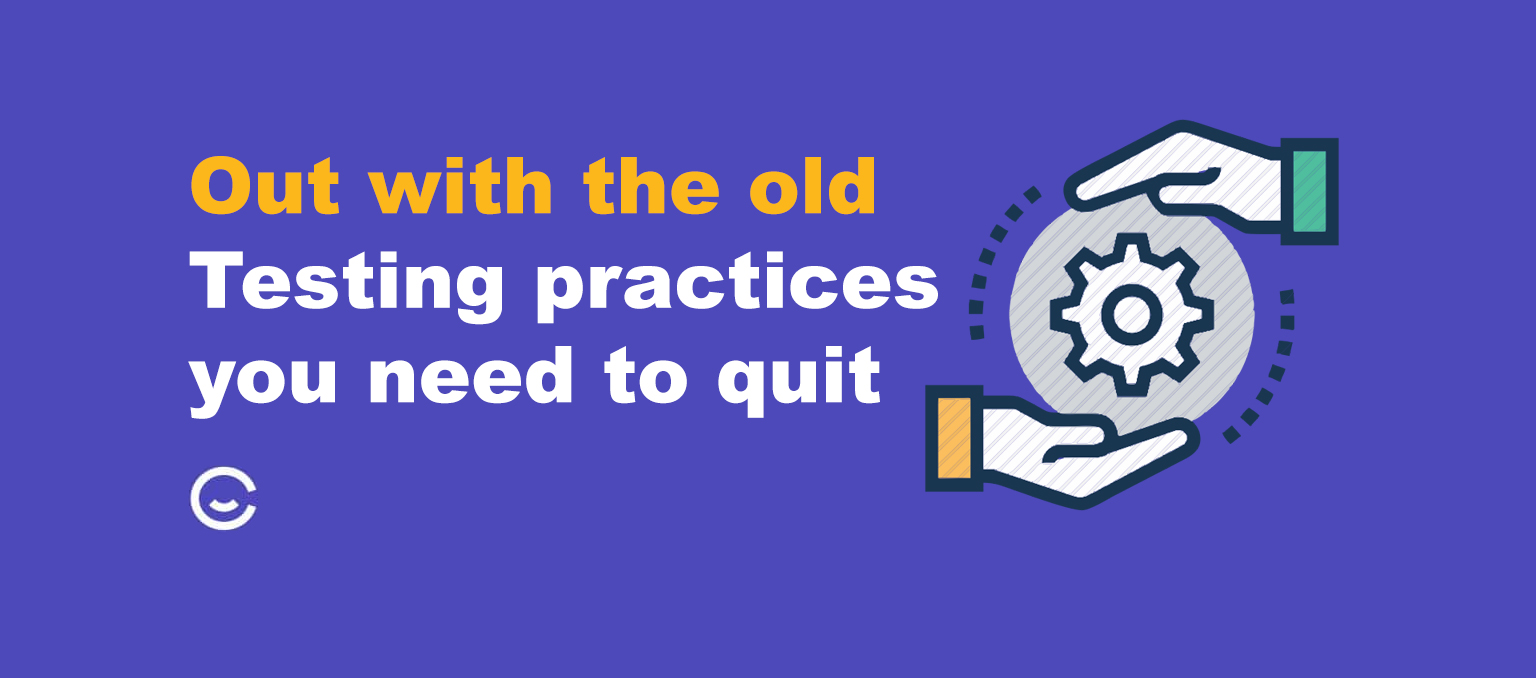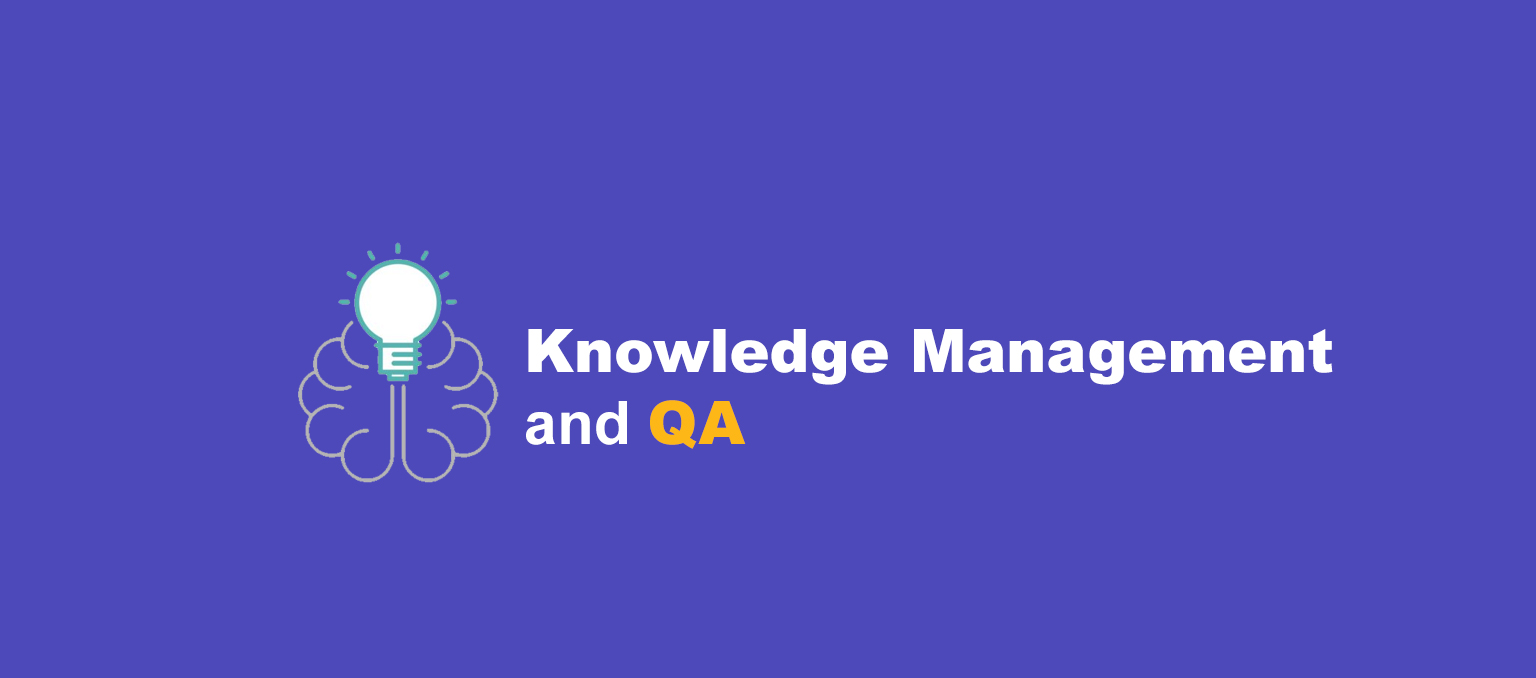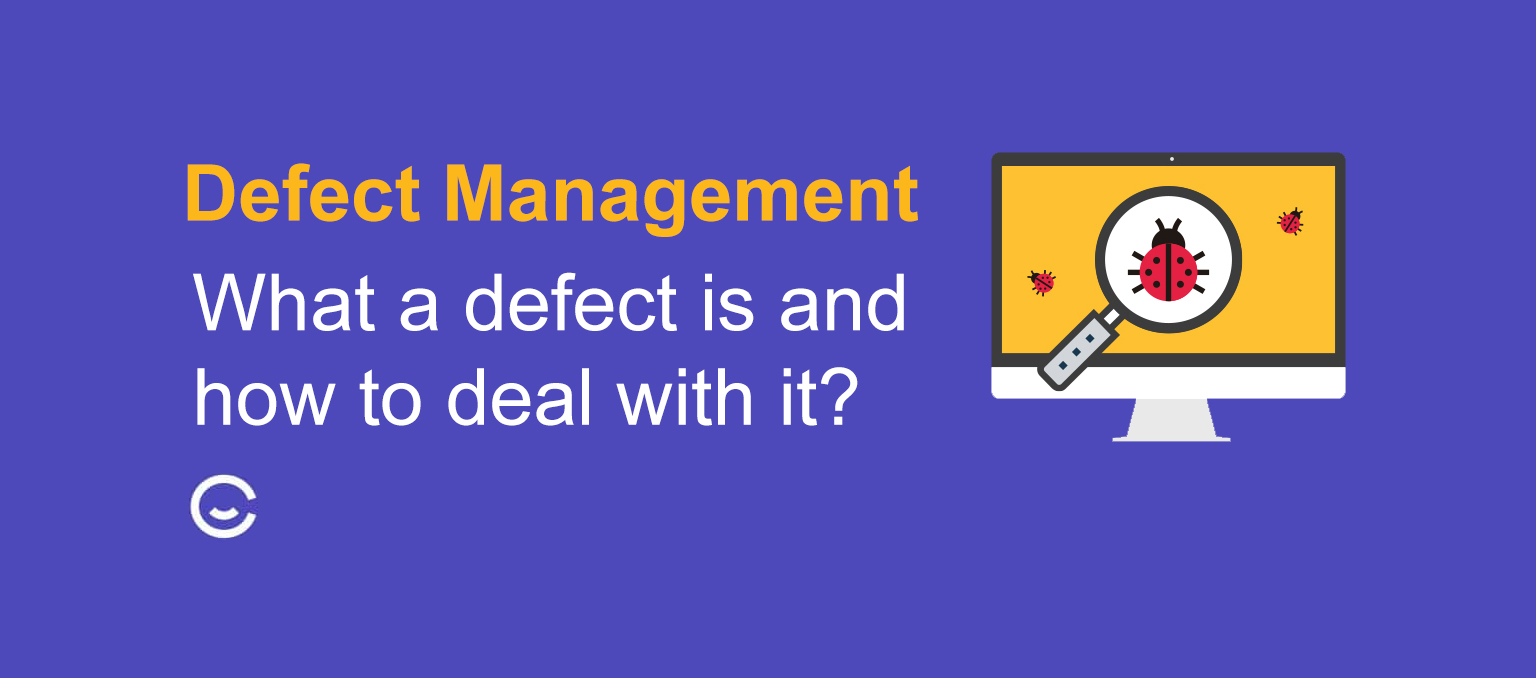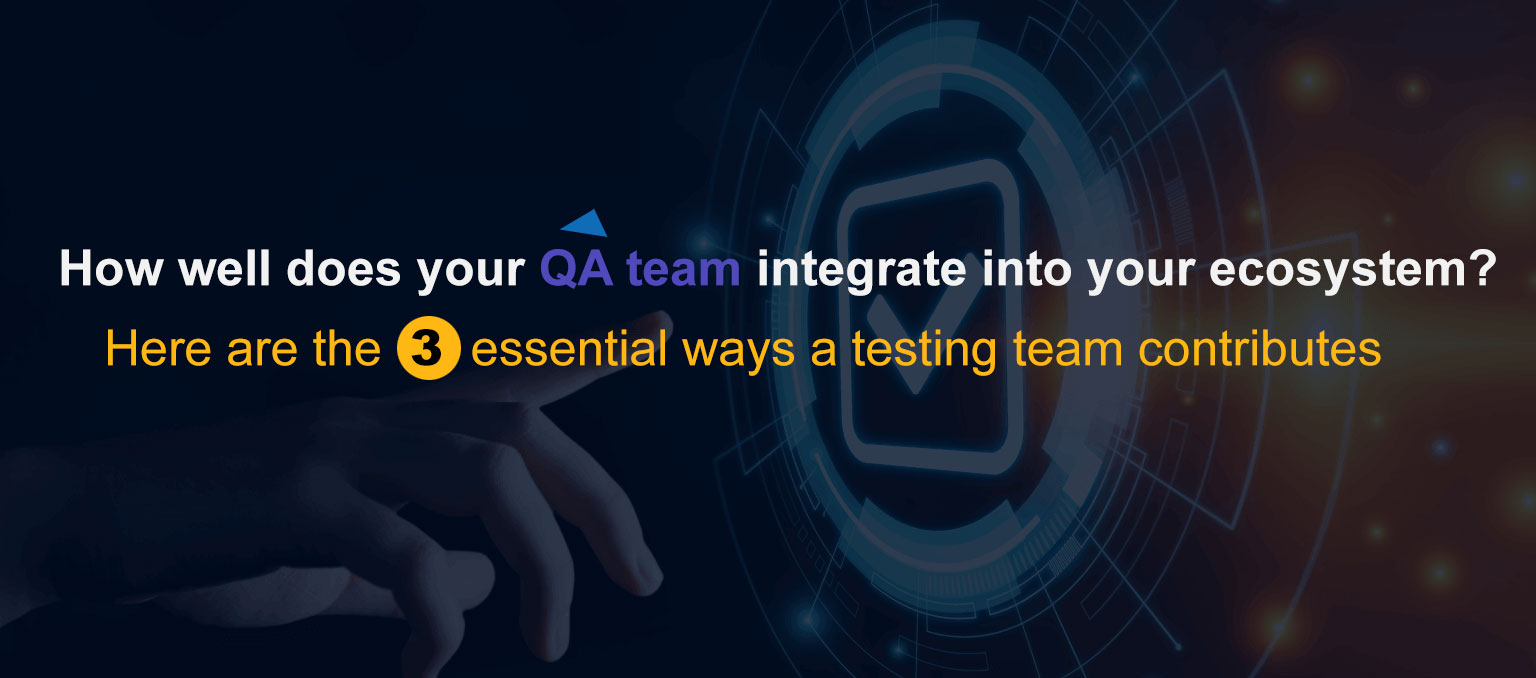Software testers work with only one aim, and that is to provide a bug-free and glitch-free product. However, it’s more overwhelming than it sounds. It requires quite a lot of patience and determination to overcome everyday testing challenges.
Keep reading to learn more about how testers strive to fulfill clients’ software testing requirements.
How Do Testers Start the Day?
Software testers start the day by setting up a plan since every software that requires testing must have different planning. Therefore, the day usually starts with gathering information regarding the task so that they can plan a test that will accurately cater to that particular software.
Afterward, they start setting the targets and allocating time and work to the rest of the testing team. Consider how communication is the key element in working with a tester’s team since they also communicate with the other departments to ensure there is no glitch in the graphics or such.
Daily Responsibilities of Testers
The roles of a software tester are more than one. Rather than simply being limited to technical testing, the tester must also solve more profound and multifarious problems in the software.
Understanding and Planning the Testing Process
Firstly, during the daily standup, software testers understand the nature and requirements of the software. It helps them in choosing the correct methodology and implementing it the proper way so that no time gets wasted. Once an analysis is done, the test analyst provides a testing report to the team about the various findings regarding the software.
Executing the Test
Once a trajectory has been set, the focus needs to be on the execution. To execute the set mechanism, a team must coordinate with one another. Here, the role of the senior tester is to coordinate at every step with the developer to produce an error-free product.
Constant Interaction
Bugs might not limit their reach to just development but extend to graphics and other arenas. Hence, it becomes necessary for a tester to communicate the problem to other departments and find a proper solution to the problem. Such effective exchange helps in achieving the ultimate goal.
Ultimately, all these form the overall function required to complete the testing process that a tester is assigned to perform. Software testers attempt to make everything right by not just testing one aspect but also environmental setup, designing, development, and execution, to give the best possible result.
How Testers Solve Software Testing Issues
Several problems bother a software tester regularly. These problems emerge from their necessity to work with distinct applications.
Here are how testers at Crestech take care of these issues.
Lack of Proper Documentation
It is common among developers to simply provide a verbal description of the software and their needs. Thus, testers often lack the essential documents needed to understand the trajectory. Responsible testers try to avoid every such problem by asking for proper documents. When needed they can prepare their daily checklists by filling in end-of-day status check-ins.
Software Testing Tools
When it comes to software testing tools, there are not always many options for software testers. Therefore, it becomes difficult for them to manage individual software in their capacity. One must increase the range of options for better results.
Hence, testers should get the best tool and prepare their model to make work fun and experimental. Moreover, they try to deal with such rigidity problems using problem-solving skills. Often they manage technical challenges through deep learning and a complete understanding of what it is.
Problem with Bugs
Bugs often come in a tribe, making it difficult for testers to manage them. As they are not located only in one place, it also becomes essential to identify them and build a way to control them. Escalation management is what helps them serve the best to their clients. For this, they maintain regular and transparent interaction with the various departments. So that whenever one bug leads to another, the right specialist can work on removing it.
Difficulty in Managing Time
It is only when every other work is done that software reaches a tester. Therefore, the testers are usually left with a small period to complete their tasks. Hence, responsible testers value time like nothing else. To ensure they can deliver to their developers on time, the testers make proper timetables and work according to them.
Lack of Coordination
Often different departments do not cooperate properly with the tester, which can create problems in getting rid of the bugs and errors not limited to development. The best way to coordinate among departments is to maintain complete transparency and interact at every activity level.
Conclusion
To put it simply, the job of a tester is to check the quality of the software so that it can reduce the risk and improve the software’s performance in real situations. However, there must be intricate and uninterrupted communication between teams to optimize the testing process effectively. With proper tools and customized test plans, testers aim to launch the best product in the market.
Read also, How well does your QA team integrate into your ecosystem?
